17 hardy houseplants and where to put them
Fuss-free indoor foliage

Are you craving greenery but lacking the gift of green fingers? No matter! These 17 easy-to-care-for houseplants are seriously low-maintenance and pack a big style punch. From simple succulents to the gorgeous trailing string of hearts, these hardy indoor varieties will purify the air and add a little life to your home.
Click or scroll to find out which houseplants will likely be a little more forgiving...
Prayer plant (Maranta Leuconeura Fascinator)
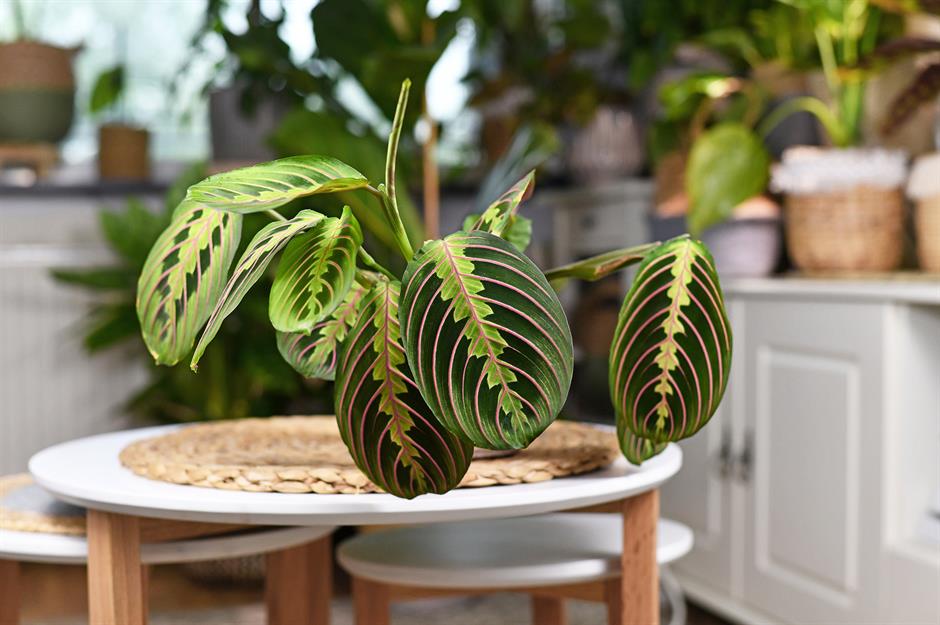
Knicknamed the prayer plant, marantas are known as such due to their clever moving leaves that close up at night – like hands in prayer – and reopen at dawn. Similar to calatheas, a close relative that is also often referred to as a prayer plant, marantas have more oval, variegated leaves with bold red/pink veins.
Where to put a prayer plant
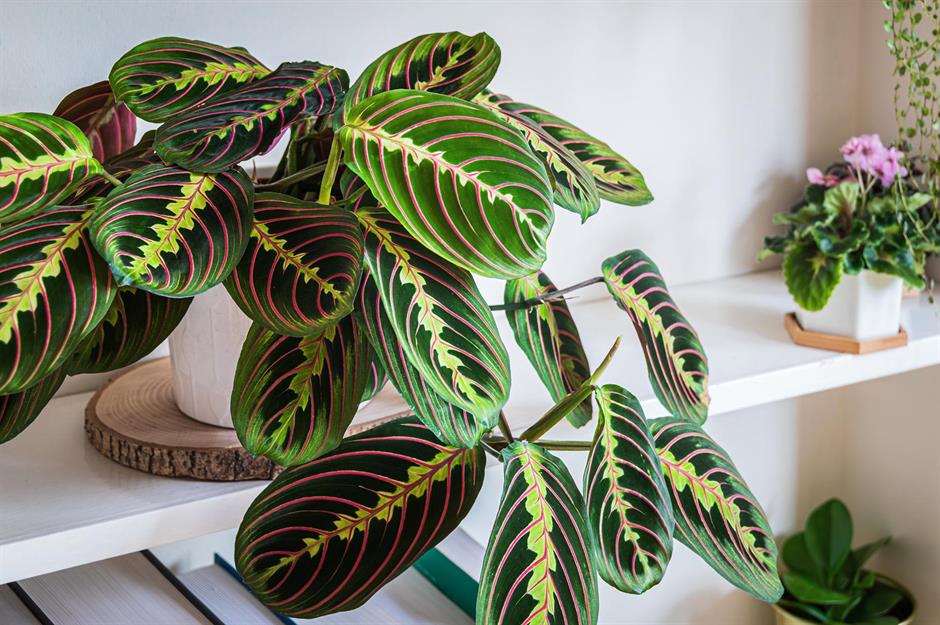
Prayer plants are relatively easy-going once established. Marantas grow on forest floors of tropical rainforests and therefore thrive in low light levels but with plenty of humidity. Look for a warm spot with indirect sunlight and keep the soil moist (but not soaking wet).
Misting the leaves will also keep them happy or position them in a humid room such as the bathroom or kitchen. They also make great additions to hanging planters or shelves due to their long, overhanging clumps of leaves. What's more, they're non-toxic to pets.
ZZ plant (Zamioculcas Zamiifolia)
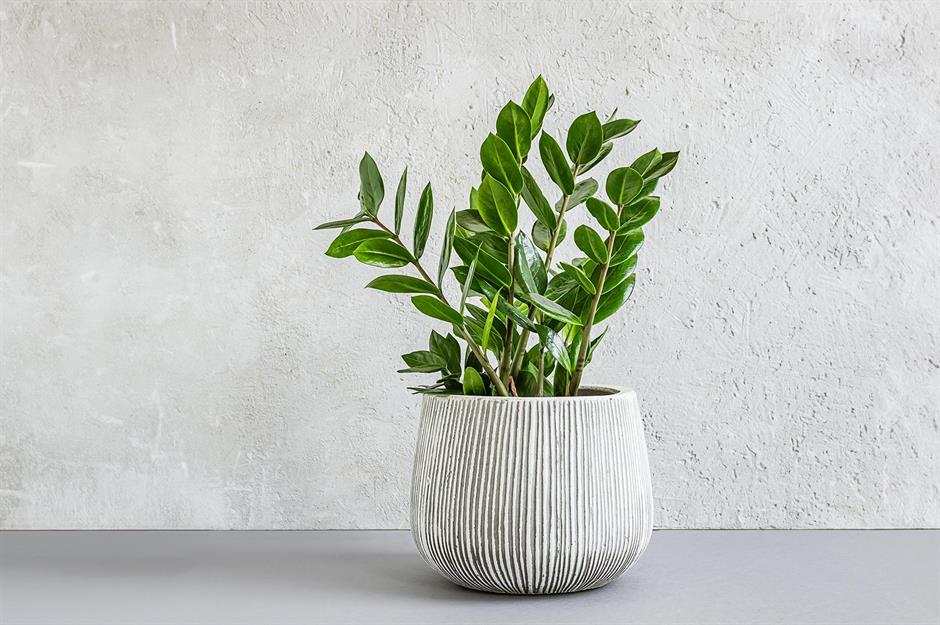
Difficult to pronounce, easy to grow! Zamioculcas Zamiifolia has become a firm favourite among houseplant growers as it doesn't require too much pampering. It has thick, waxy leaves in a deep green that adds polish to any pot pant collection.
Where to put a ZZ plant
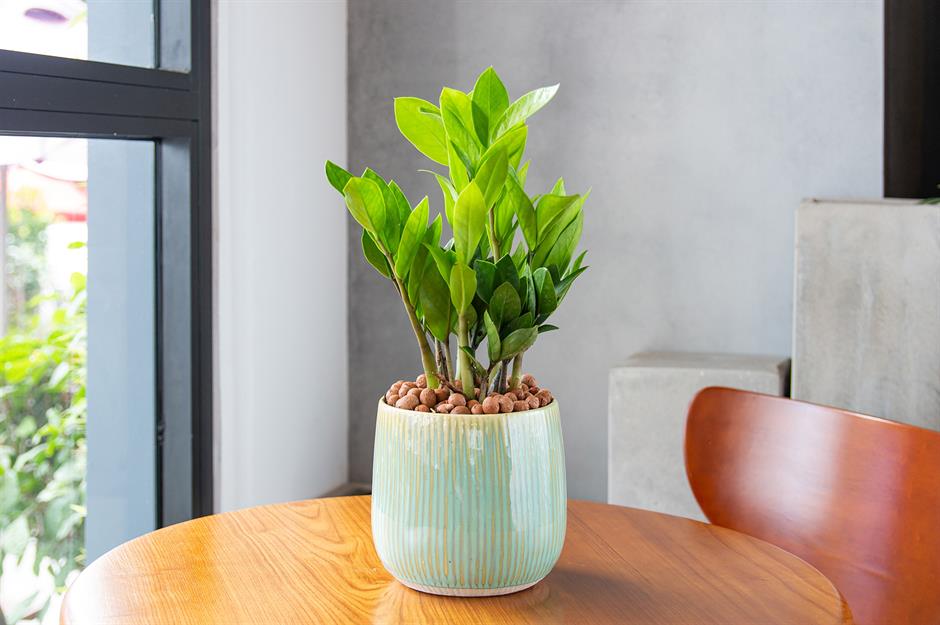
Like many of the house plants in our round-up, the ZZ plant likes low to bright indirect light but could scorch in direct sun. Avoid overwatering by only watering every two weeks or when the top inch of soil feels dry.
Give foliage a clean with a damp cloth to remove dust and keep leaves bright and glossy. Occasional misting will also help reduce dust build up. The downside to its hardy nature is that it's toxic to pets and can cause skin irritation to humans if handled.
Chinese money plant (Pilea Peperomioides)
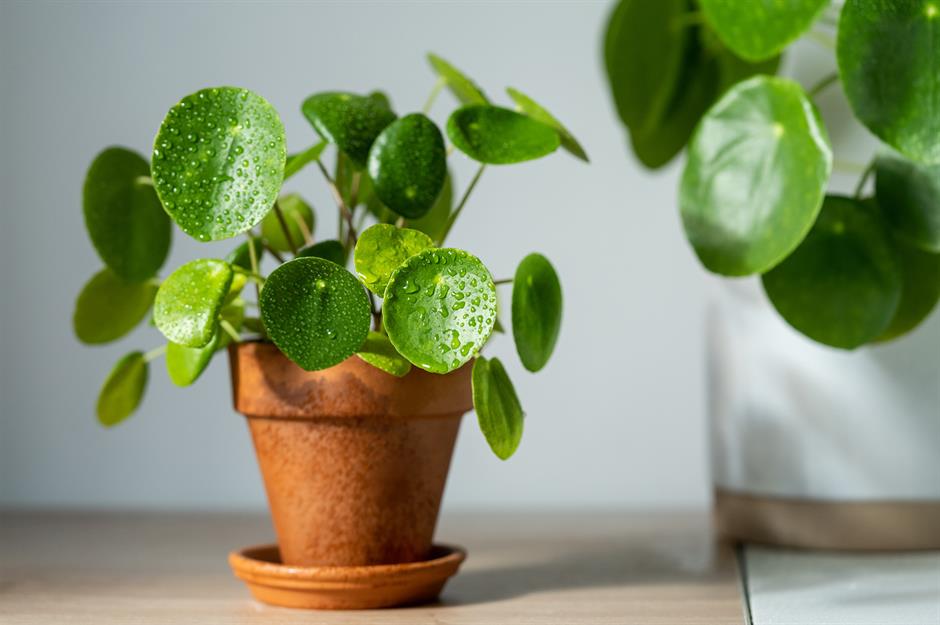
Also known as a missionary plant, the Chinese money plant has distinctive round leaves that project out on fine stalks to form a soft dome shape that’s extremely pleasing to the eye. Its slightly fleshy texture makes this a very tactile variety, and it needs very little watering in the winter months.
Where to put a Chinese money plant
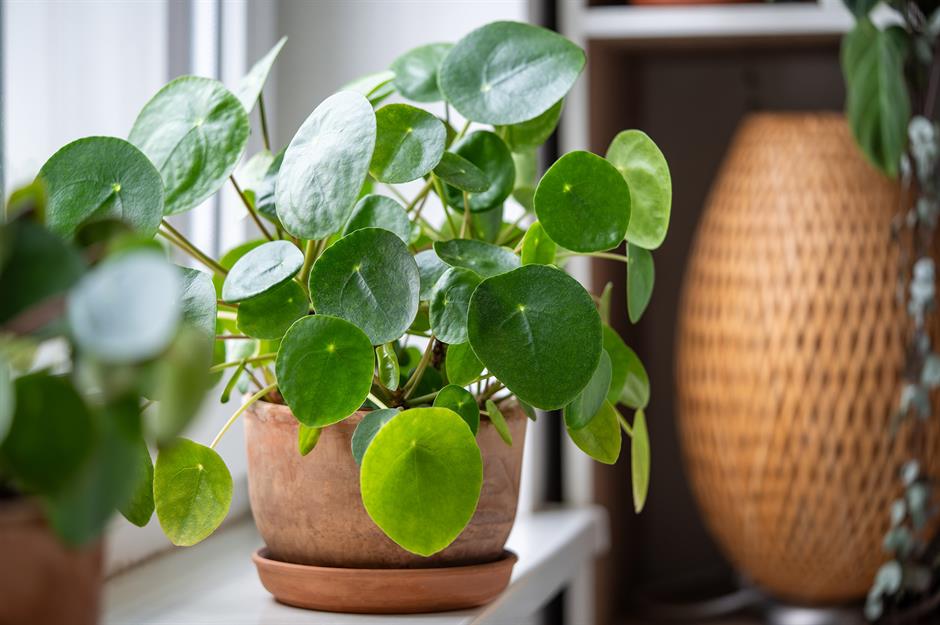
The Chinese money plant likes bright but indirect light (full sun will make the stalks grow leggy and all the leaves face in one direction) and it only needs to be sporadically watered in the summer. Turn the pot occasionally to even out the growth and once fully established, don’t be afraid to take cuttings and propagate as it’s a relatively fast grower.
Heart-leaf (Philodendron Scandens)
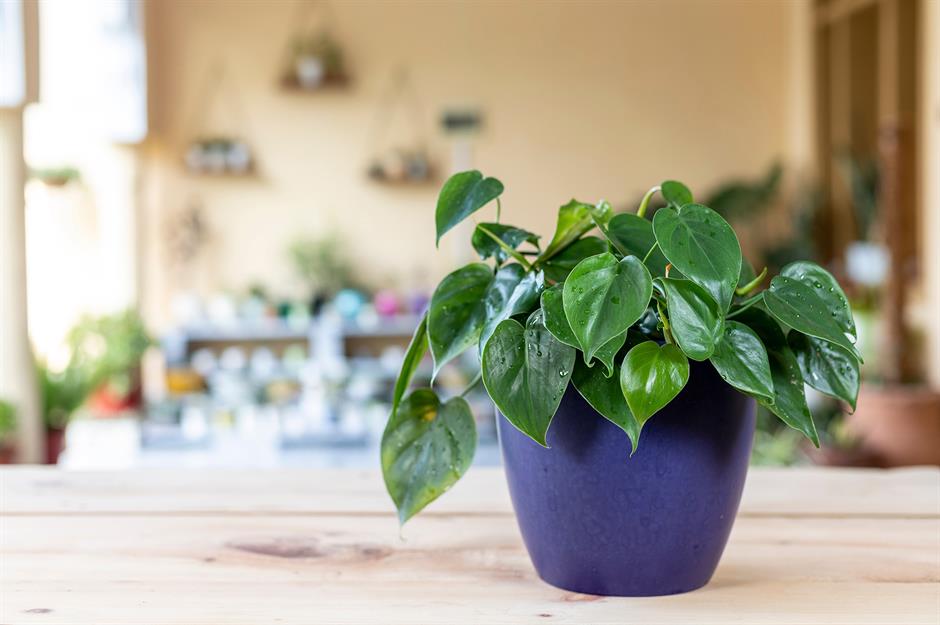
Also known as a sweetheart plant, heart-leaf is a wonderful indoor plant with lush green leaves and trailing vines. With a supporting moss pole to climb, this South American plant can grow up to five feet (1.5m) tall or you can let the foliage hang down from a suspended planter to get a wonderful, jungle-like effect.
If you’re a forgetful plant owner, this plant might be for you as it prefers irregular watering. Allow the top inch of soil to dry out between drinks and watch out for leggy stalks and small leaves, which means it’s not getting enough light.
Where to put a heart-leaf
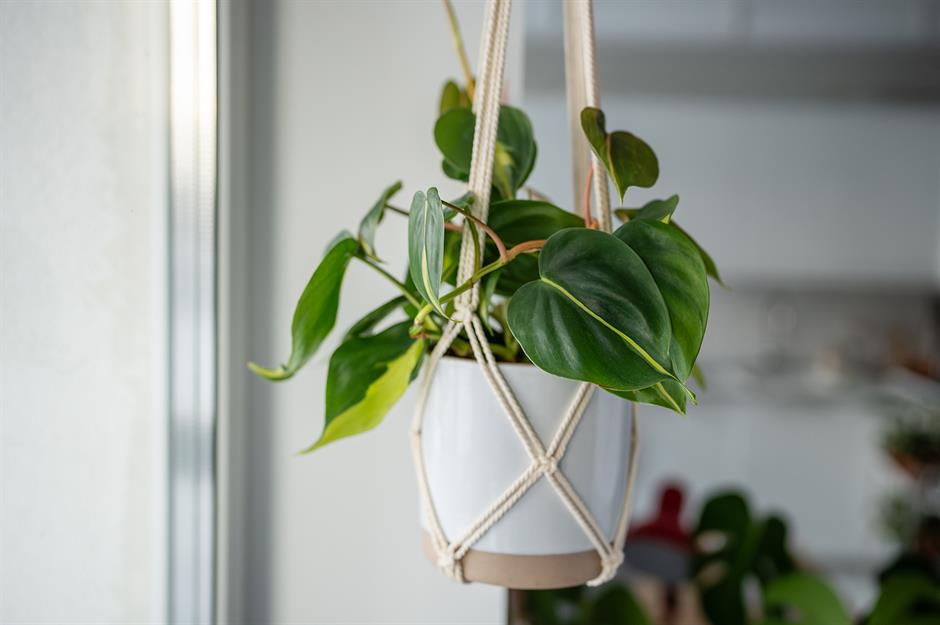
Heart-leafs like bright, indirect light and warm, humid conditions. A spot near a window (not the windowsill) or on top of the kitchen cupboards will give this plant the right amount of sunlight.
Be aware that it can be poisonous to pets and children if eaten. If you’ve got little ones running around then put it somewhere high; the vines look fabulous trailing from a shelf or macramé hanger.
String of hearts (Ceropegia Woodii)
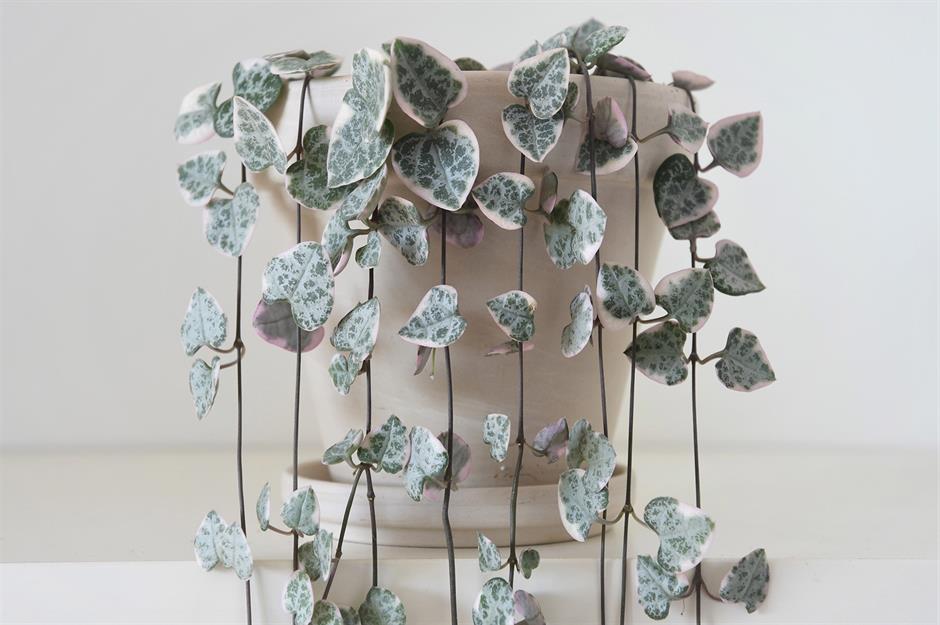
This adorable little plant has many names (chain of hearts, hearts on a string, rosary vine) and is much loved for its delicate flowing stalks and pretty heart-shaped leaves that grow in pairs.
While it’s not a true succulent, Ceropegia Woodii can store water in its stems and dislikes overwatering. Try growing it in cactus compost, sand or loam and feed it with a liquid fertiliser every couple of weeks in warmer months.
Where to put a string of hearts plant
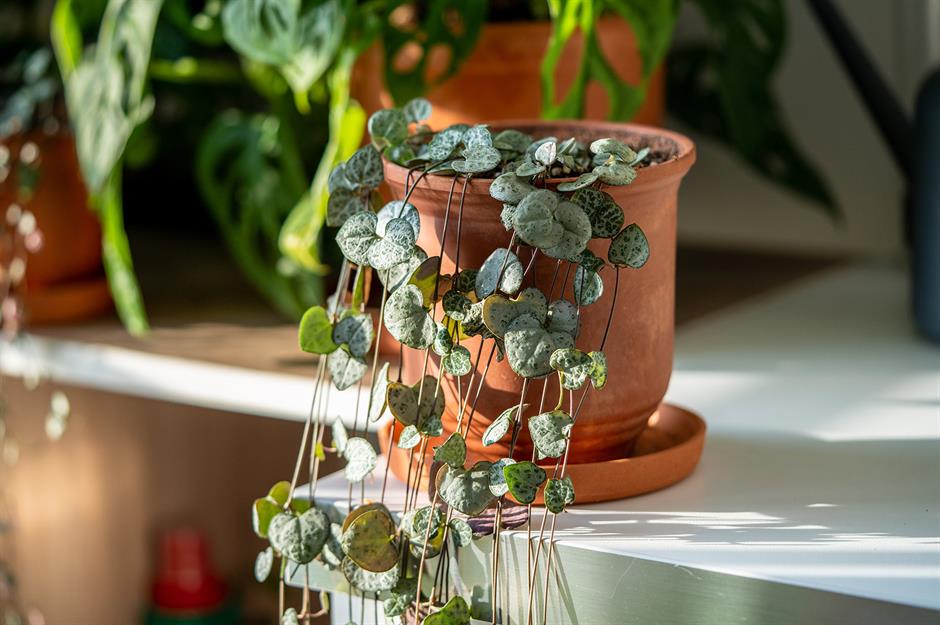
Perfect for hanging baskets, which allow you to see its purple underbelly, the string of hearts appreciates partial shade, so a bookcase in the middle of a sunny room is ideal.
Be gentle and patient at first as its delicate, lace-like structure is easily broken. Once established, you can quite freely take cuttings and grow your own jungle.
Snake plant (Sansevieria Trifasciata)
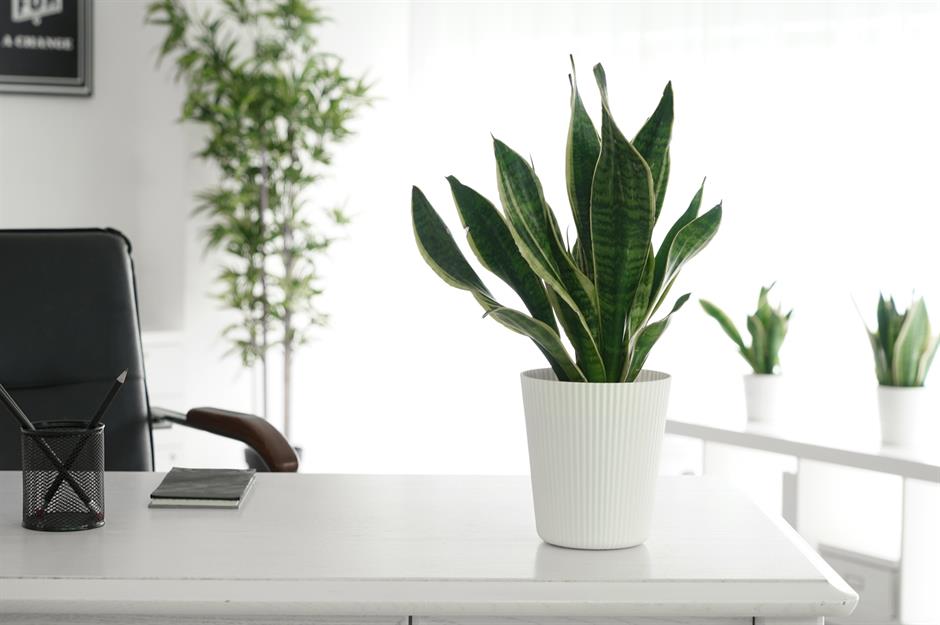
Also known as mother-in-law's tongue, the snake plant is a popular houseplant recognisable by its tall, architectural structure and leaves that don’t droop or spread.
It also boasts an unusually warm colouring of green and yellow. And with its high proportions, it’s the perfect plant for small spaces and tight corners that need a dash of greenery.
Where to put a snake plant
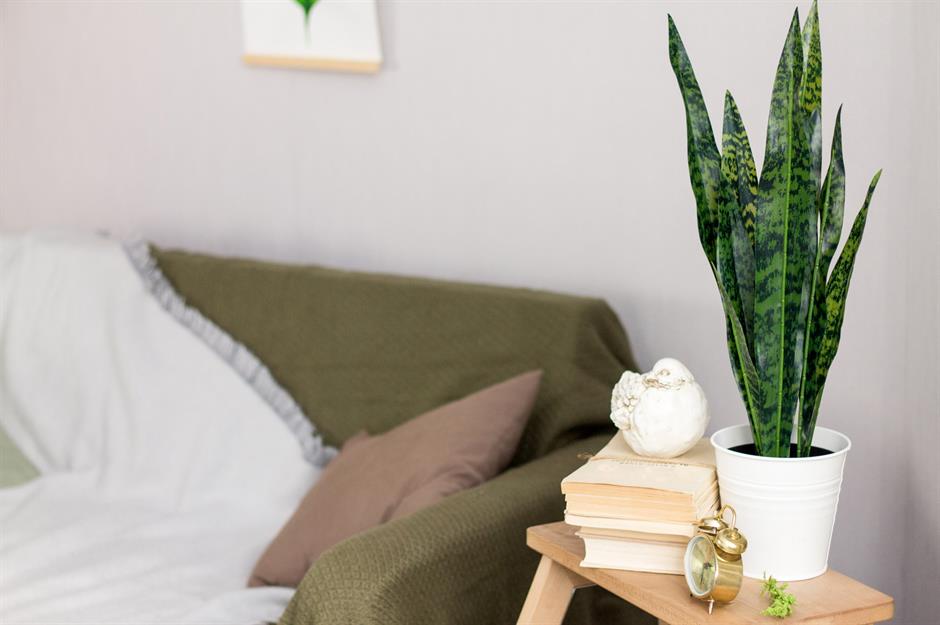
In an ideal world, it likes bright, indirect light but it can flourish in low-light conditions too. While it can cope with irregular watering, you don’t want to overwater it. Allow the soil to dry out before watering, then water generously, allowing it to drain freely. Its one bugbear? Sitting in water will cause root rot. Re-pot every few years when the roots start to make a break for it.
Peace lily (Spathiphyllum Lima)
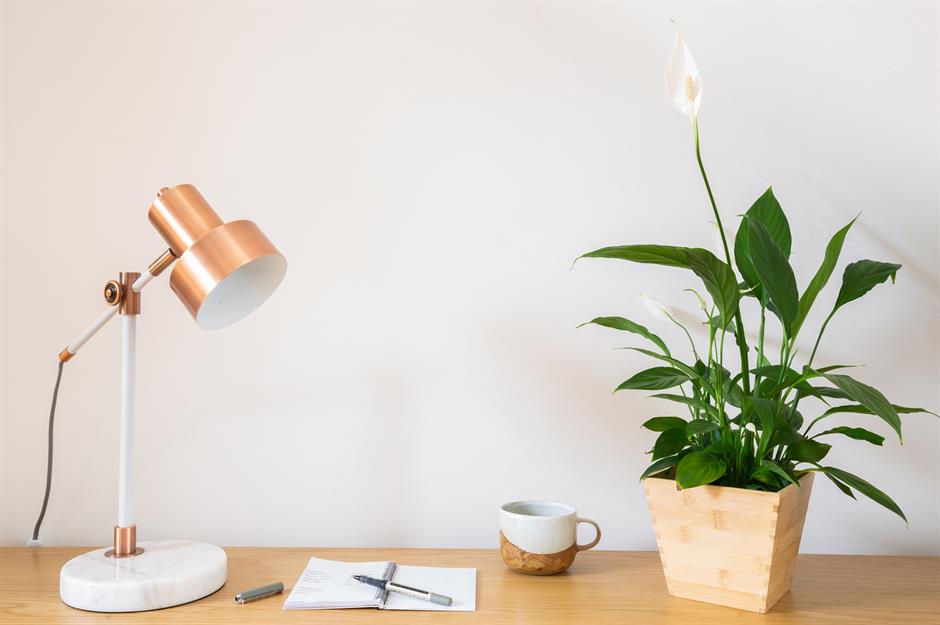
If you're searching for a good-looking, hardy houseplant that flowers you can't beat the peace lily. This popular houseplant features glossy green leaves with fresh white blooms that last for months.
It can bounce back remarkably quickly if you forget to water it for a while, but as a general rule, if it’s drooping, it needs more water. Make sure it has adequate drainage and feel free to boost with a weak dose of liquid fertiliser once a month during the growing season.
Where to put a peace lily
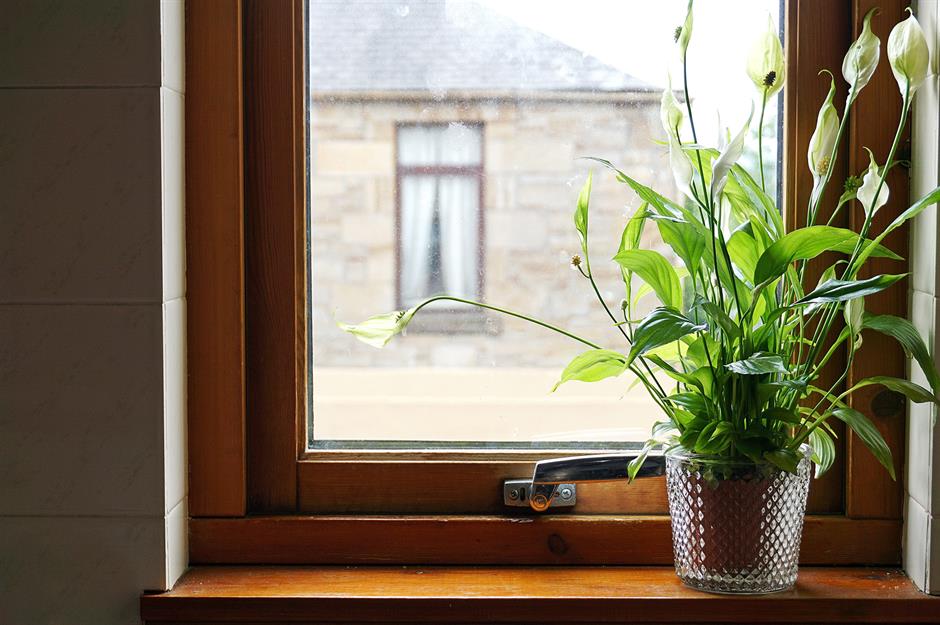
Peace lilies like bright, indirect sunlight best, but they can adapt to lower light levels. Best of all, they cleverly absorb mould spores, so pop one in a damp corner to help it dry out. If your home is mould-free, show off its good looks in the living room where it can be best admired.
Pet owners beware, though, this plant is toxic for dogs and cats.
Spider Plant (Chlorophytum Comosum)
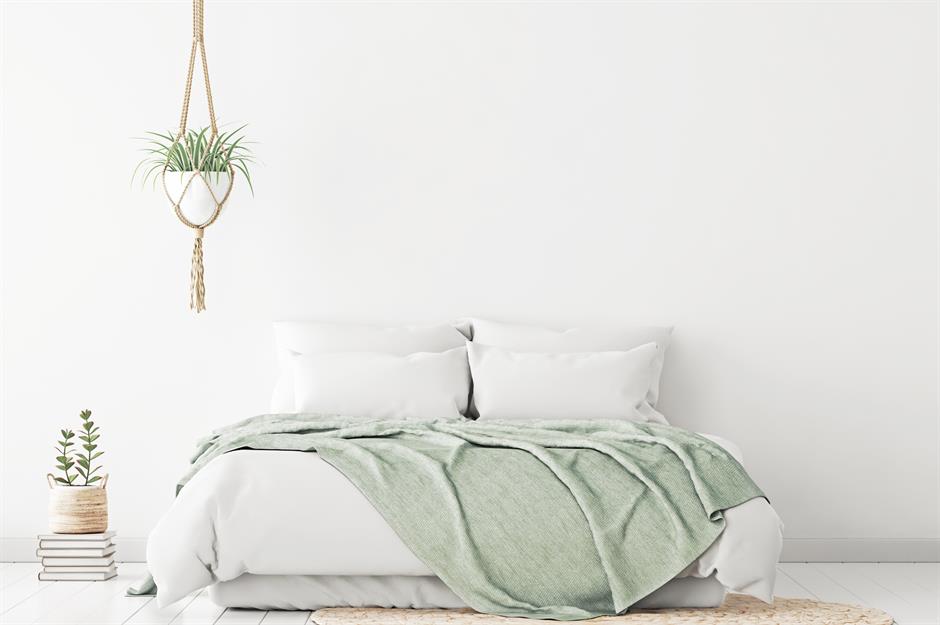
Introduce a bit of retro charm with a spider plant. Easy to care for, air purifying, and with a dramatic silhouette to boot, this houseplant has proven popular throughout the ages and for good reason. Plus, they produce babies! These shoots can be re-potted and gifted to friends.
Where to put a spider plant
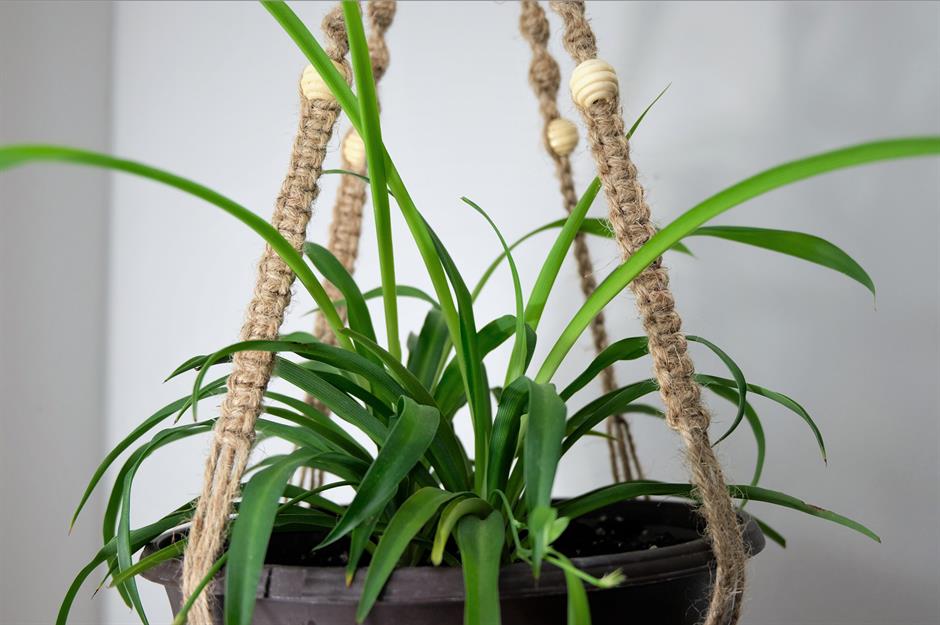
The shape of the spider plant works well in trendy macramé hangers so why not brighten up your bedroom with one? Keep out of direct sunlight – ideally somewhere well-lit, though they can tolerate some shade.
During the growing season, feed it fortnightly and keep it well-watered, but don't let the compost get waterlogged. If you're feeling extra caring, mist it with water and make sure to re-pot once it's outgrown its current container.
Aloe vera (Aloe Barbadensis)
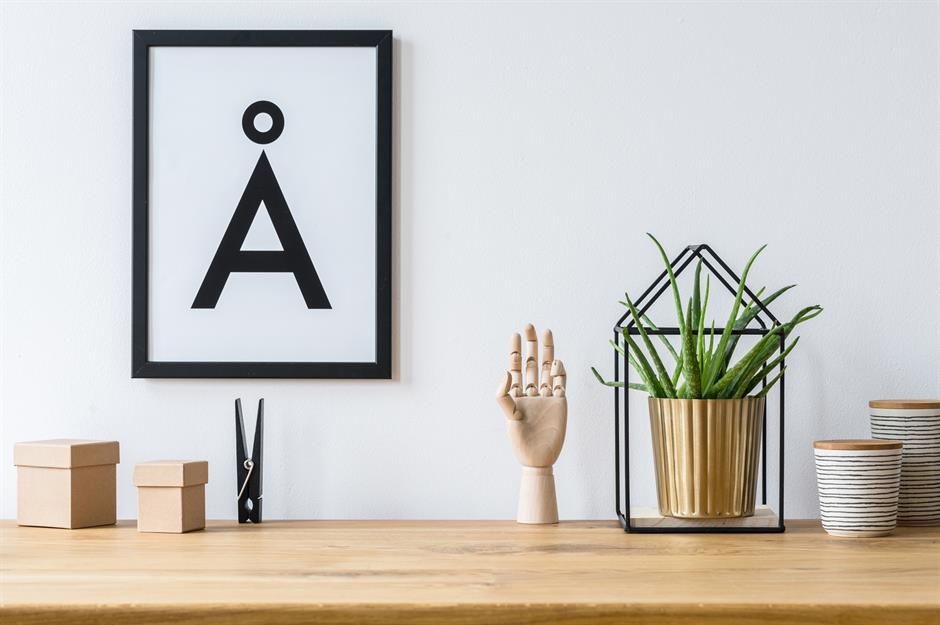
Looking for a stylish houseplant that will serve more than one purpose? Pick up an aloe vera! This stemless succulent has thick, fleshy leaves that contain a medicinal gel that's been used for thousands of years.
While you don't typically need to feed it, you can give it a boost with a weak phosphorus-heavy, water-based fertiliser during the spring. Water every three weeks or so and allow it to dry out between waterings.
Where to put an aloe vera plant
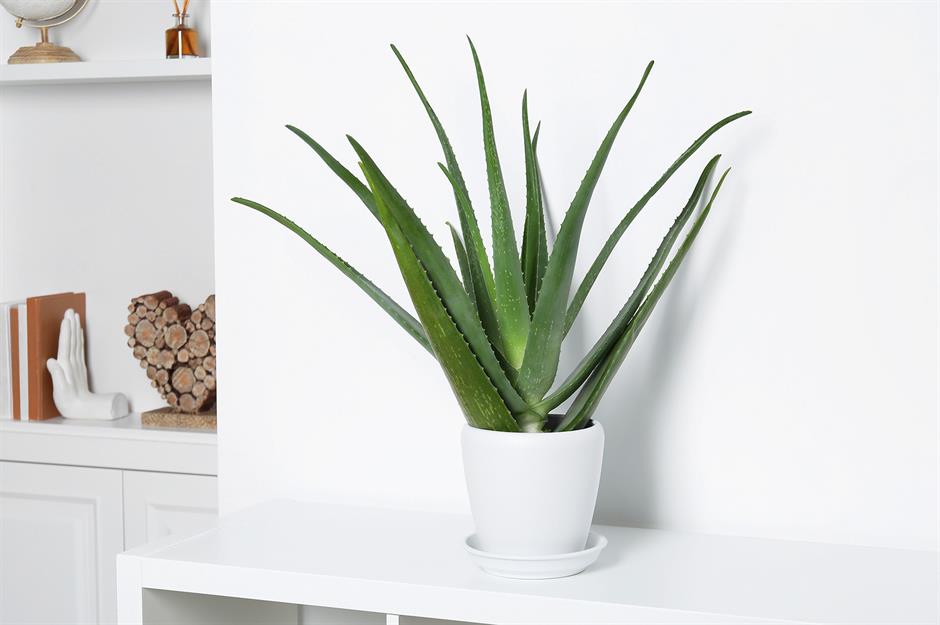
First and foremost, aloe vera likes it dry. Pop it in a sunny spot where it can get some sunlight every day; this isn't one for a shady nook. Keep a plant on your kitchen windowsill and you'll always have it on hand to fight sunburn and other maladies. Simply break off a leaf and carefully slice the gel from its skin. Keep it up high if you have pets, as it is toxic for cats and dogs.
Weeping fig (Ficus Benjamina)
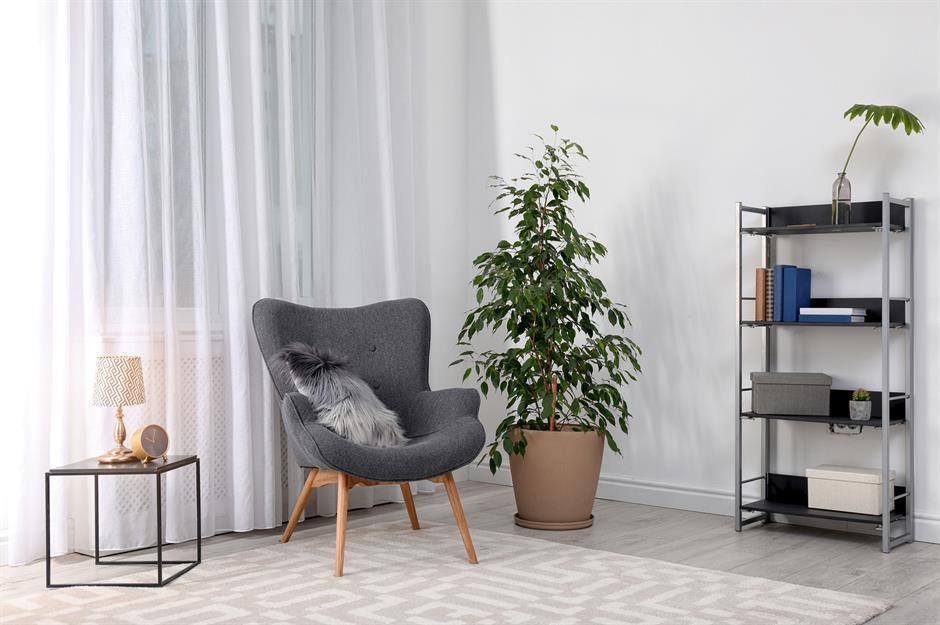
Add a serious dose of drama with a weeping fig. Its loose-hanging branches of glossy, oval leaves are perfect for bringing a touch of elegance to a lacklustre office or living room. Plus, they're excellent at purifying the air.
Where to put a weeping fig
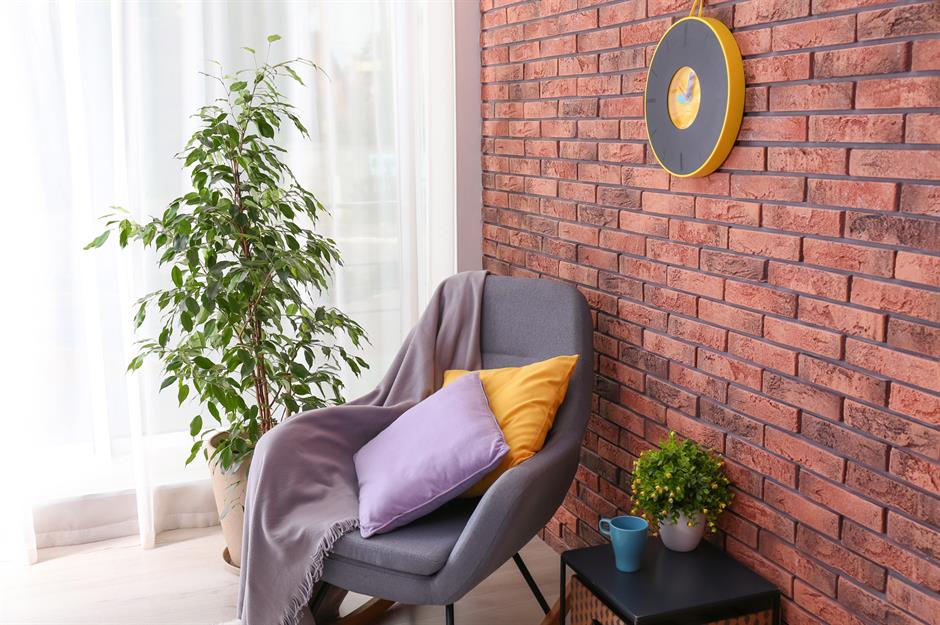
While this houseplant is hardy, it does need the right spot. It needs a bright position, but out of direct sunlight which may scorch the leaves. You'll also want to avoid draughts and any heat sources like radiators.
Once it's settled, leave it be – weeping figs don’t like moving. Water when the soil starts to dry and during the summer months, give it an occasional misting and keep it well-fertilised.
Cactus (Cactaceae)
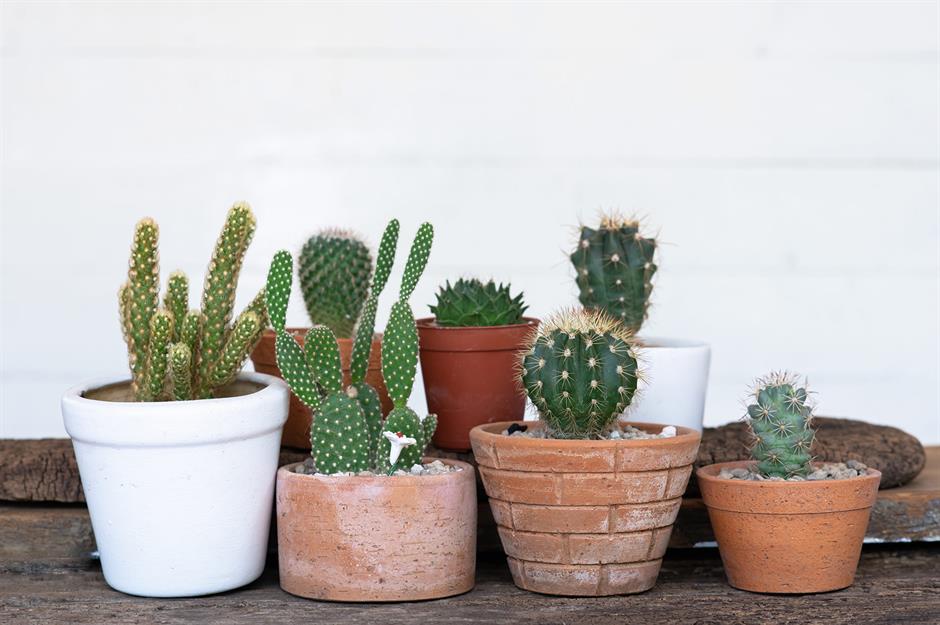
For a seriously hardy option, you can't beat a cactus. They're the perfect starter plants for novice gardeners as you can't really go wrong with them. Add a pop of green to your shelves in a patterned pot or get serious with an on-trend terrarium planter.
Where to put a cactus
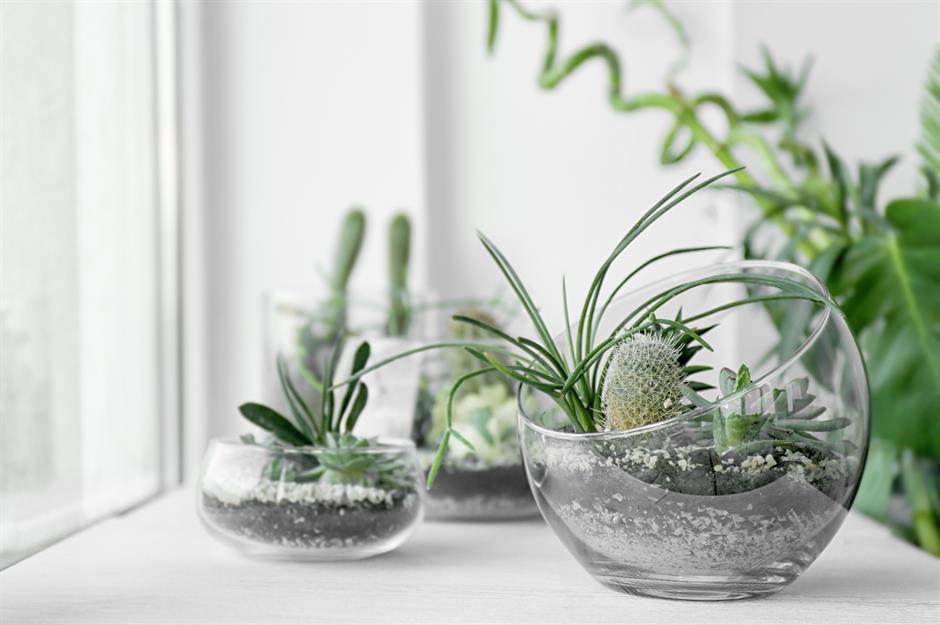
Select a bright spot for your cacti – a windowsill or conservatory is ideal. Only water when dry to the touch and keep them aired in the summer months by opening a few windows.
They don't do well in humid environments so keep these guys away from the bathroom and kitchen. You'll also want to re-pot every few years – invest in some thorn-proof gloves for this job!
Golden pothos (Epipremnum Aureum)
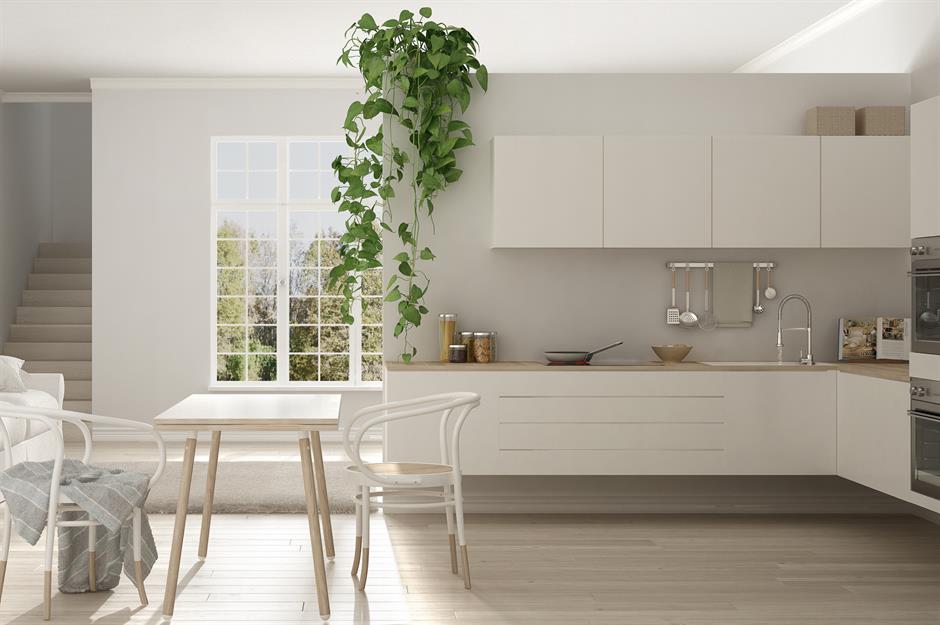
If you're after a plant that climbs or hangs, look no further than the golden pothos, also known as devil’s ivy and Ceylon creeper. Its large, shiny leaves are highly regarded for their air-filtering properties, plus they look dreamy when cascading down from a raised spot.
Where to put a golden pothos

Golden pothos tolerate low light levels well, though they prefer medium light conditions if available, so a sheltered spot in a bright living space is ideal.
Brighten up your kitchen or add a pot to your bedroom for a bit of bohemian romance, but keep out of the reach of pets. Water when it starts to droop but allow it to dry out between waterings to prevent rot.
Lavender (Lavandula)
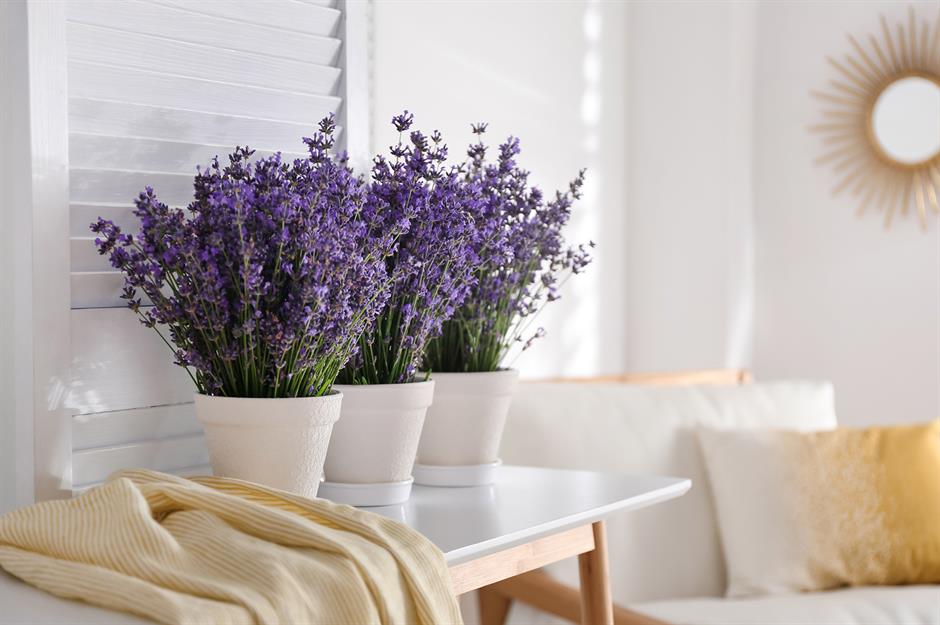
It may be associated with English country gardens, but lavender is a great indoor plant, too. Bring this heavenly-scented shrub into your home and enjoy its vibrant purple flowers and heady aroma all year long. When it comes to watering, allow it to dry out before cracking out the watering can.
Where to put a lavender plant
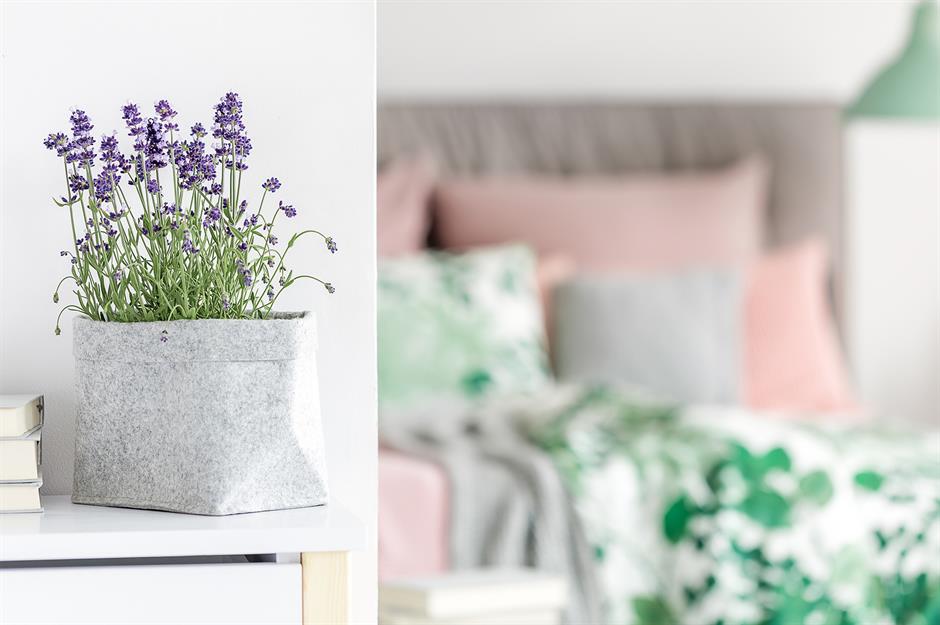
Keep a pot on the kitchen windowsill for adding to recipes, or place it by your bed to encourage a peaceful slumber – just make sure it's in a bright spot with lashings of natural sunlight. This plant needs as much daylight as it can get, as well as access to fresh air, so somewhere near a south-facing window would be ideal.
Areca palm (Dypsis Lutescens)
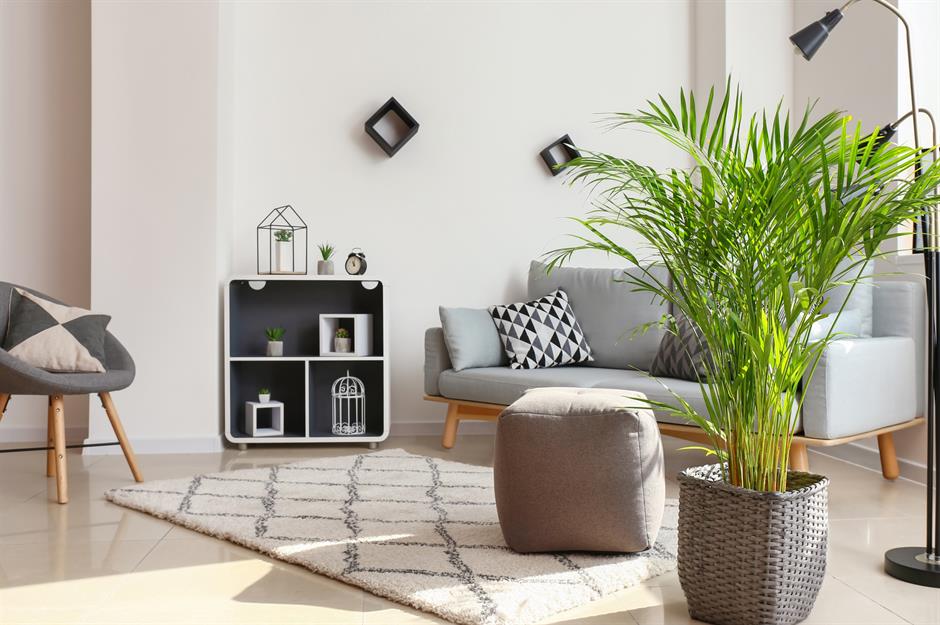
After a tropical vibe? Pick up an areca palm and transport your home to warmer climes. This attractive palm consists of multiple stems lined with arching fronds, lending it an elegant look that stands out for all the right reasons. Plus, it's considered one of the best plants for purifying the air and a natural humidifier.
Where to put an areca palm
These plants love a brightly lit spot but keep them away from draughts and heat sources like radiators. Add one to an office to liven up the working day or bring greenery to a lacklustre living room.
While it’s hardy, it can be a bit particular, preferring soft water like rainwater, which you can collect in your garden or balcony. Water regularly, allowing the soil to dry slightly before re-watering.
Rubber fig (Ficus Elastica)
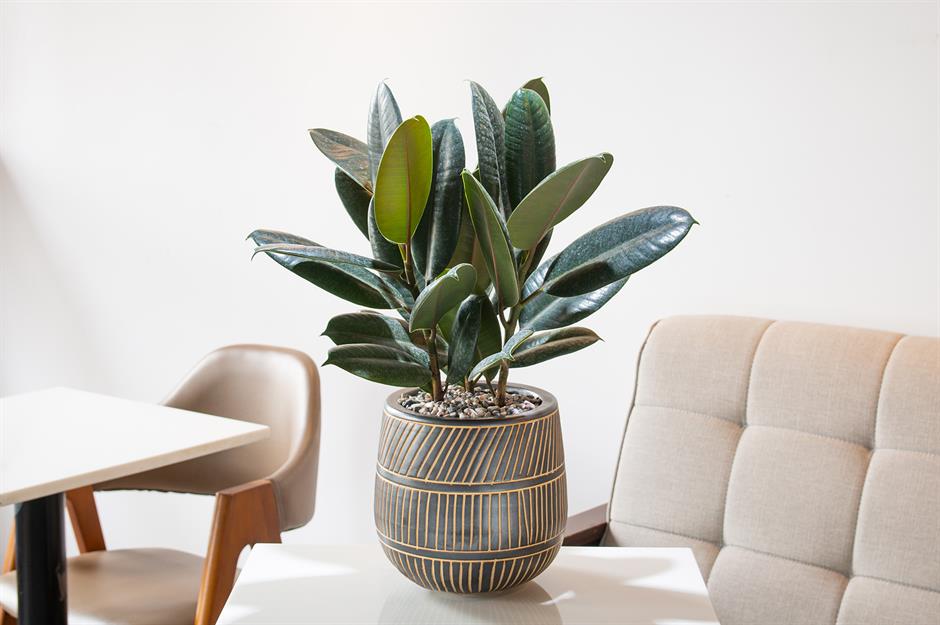
One of the rather ostentatious-sounding ornamental fig family, the rubber plant has been popular since the Victorian era and we can see why. This hardy plant requires little care in exchange for a big statement. We love the glossy green leaves that filter the air while looking pretty handsome, too.
Where to put a rubber fig
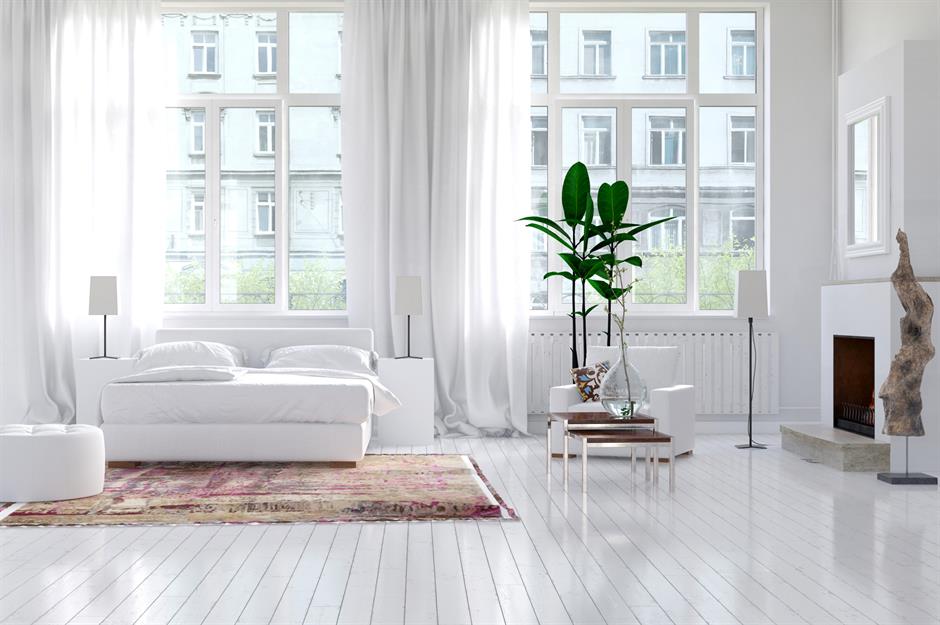
Given its origin, we think it’s a fine fit for a formal dining room. Pop your rubber fig in bright but indirect sunshine, though it can tolerate a couple of hours in the sun. Water once the compost is dry and avoid standing the plant in water.
You might like to mist the leaves in summer or wash them with a damp sponge on occasion to avoid dust build-up. Beware, these plants are mildly poisonous for dogs and cats.
Succulents
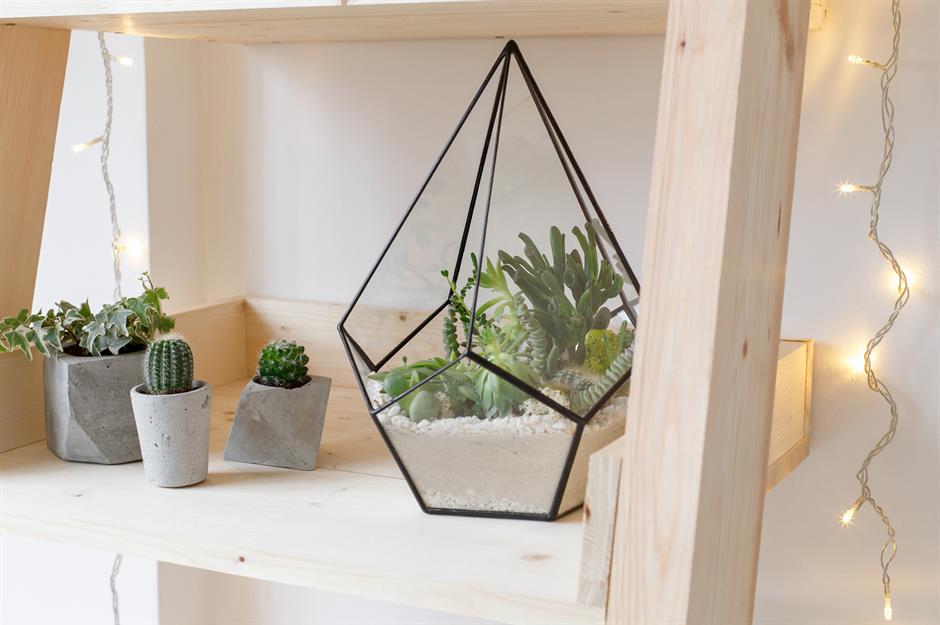
For a modern, low-maintenance plant, look no further than succulents. Characterised by their thick, fleshy leaves, succulents are incredibly hardy and very easy to care for. If you don't like the look of cacti, but like their fuss-free attitude, try a succulent instead. We also love that their name is derived from the Latin word for 'juicy'.
Where to put succulents
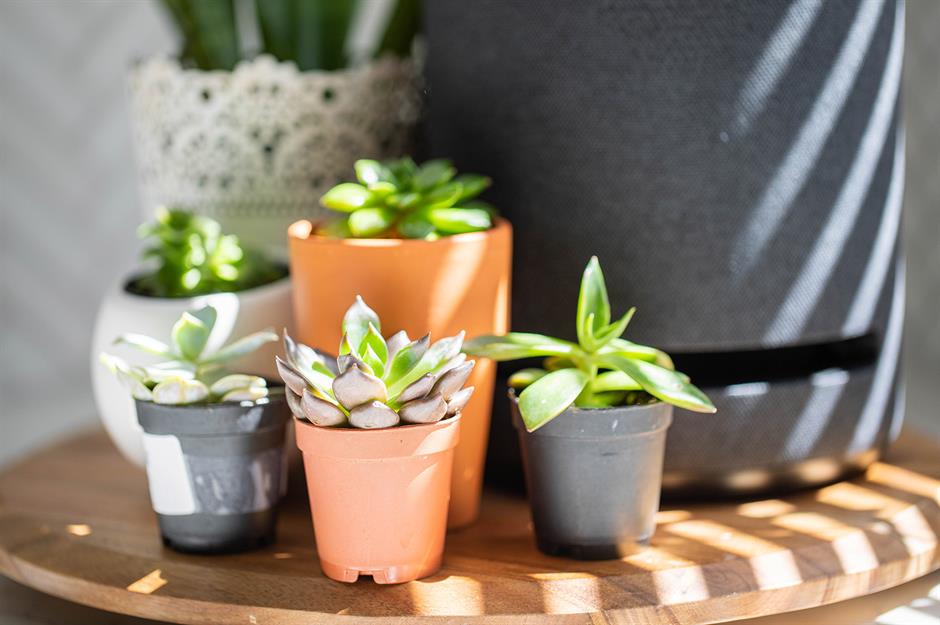
Pop your succulents in a sunny spot near a south or east-facing window and water only when the compost has dried out. Whatever you do, avoid over-watering and never leave them sat in excess water or they'll go boggy. Fertilise at least once a year in the spring when new growth begins.
Air plant (Tillandsia)
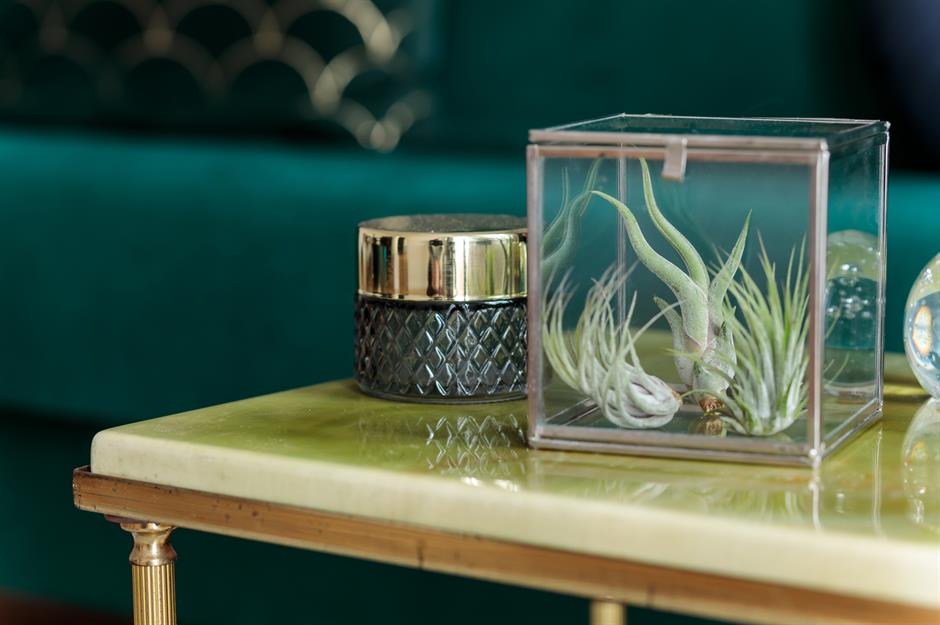
For the ultimate low-maintenance plant, opt for an air plant. As the name suggests, these cute plants survive mainly on air and don't require any soil or compost.
You can pop them anywhere you like; we think they look great in a terrarium or hanging in a macramé planter. If you opt for a glass globe, be careful not to place it in direct sunlight as the glass will magnify the heat.
Where to put an air plant
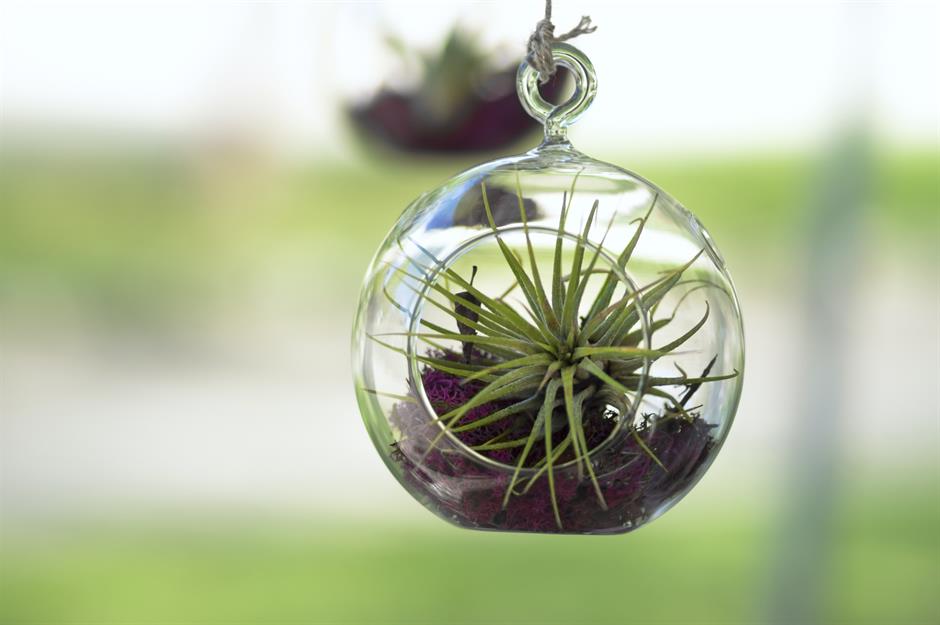
Air plants do best in humid environments, so pick a spot in your bathroom or kitchen to get the most out of them. While they don't need watering in the traditional sense, they do benefit from being dunked in soft rainwater weekly or misted every few days – just allow them to dry off before adding more water.
Love this? Check out more handy home hacks to make domestic life a breeze
Comments
Be the first to comment
Do you want to comment on this article? You need to be signed in for this feature